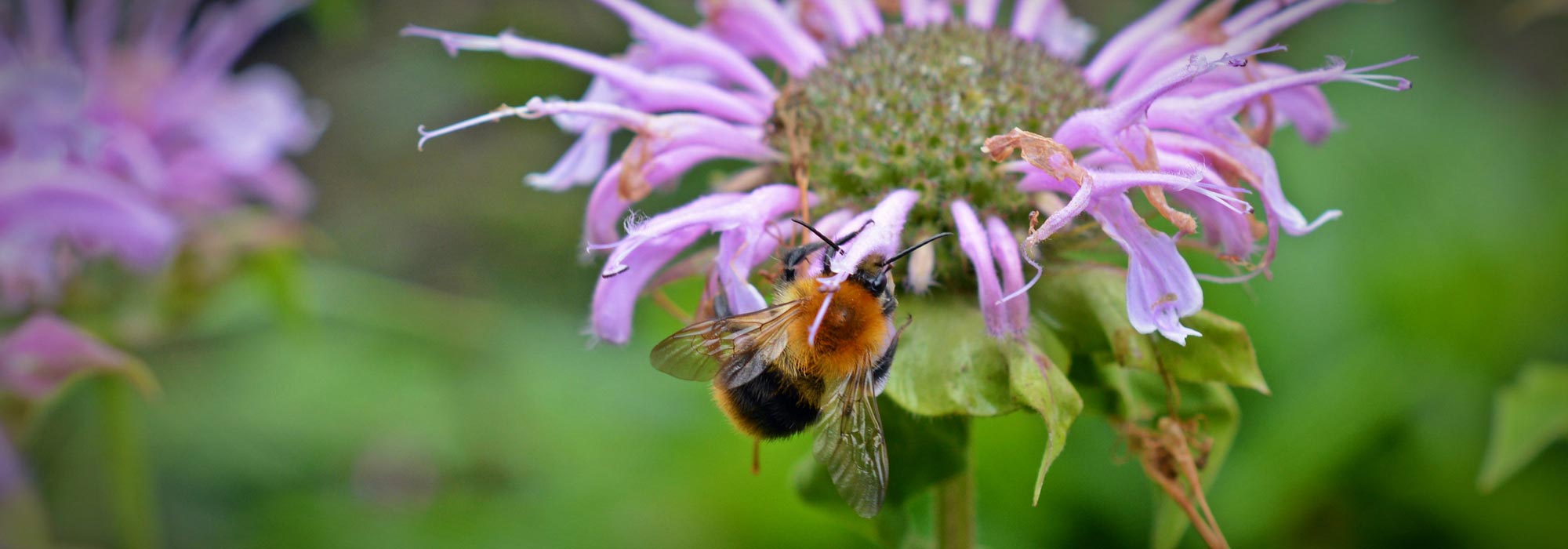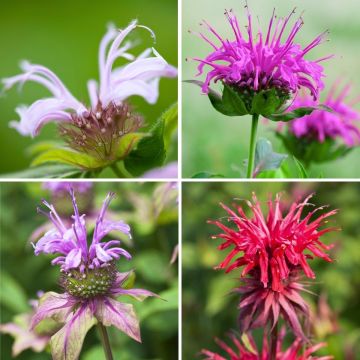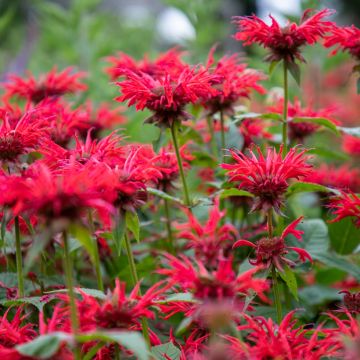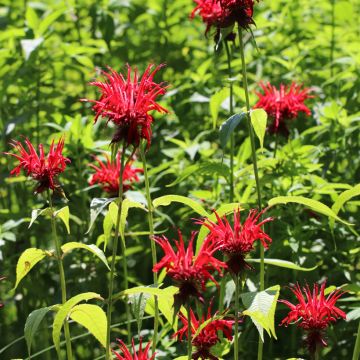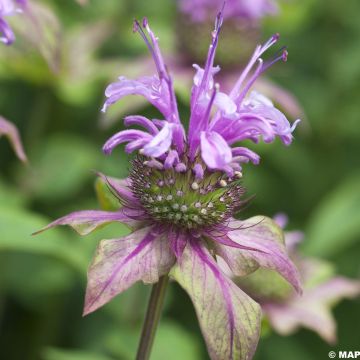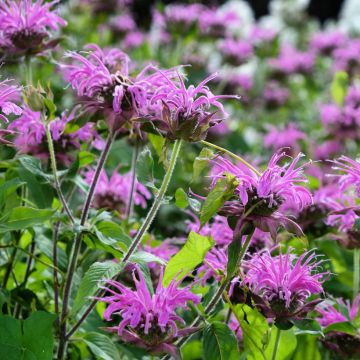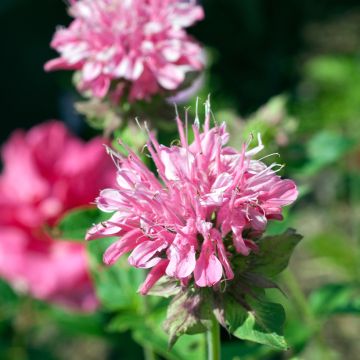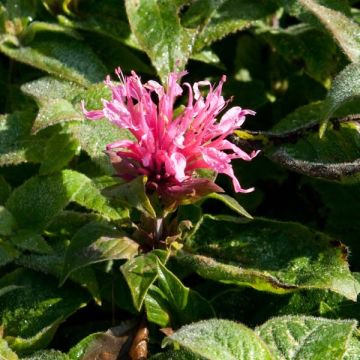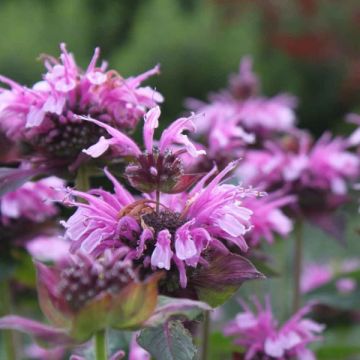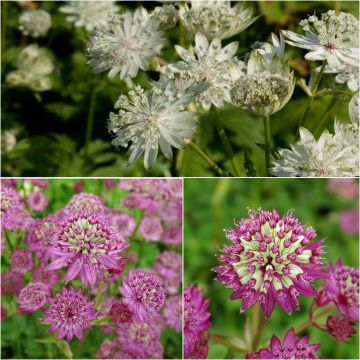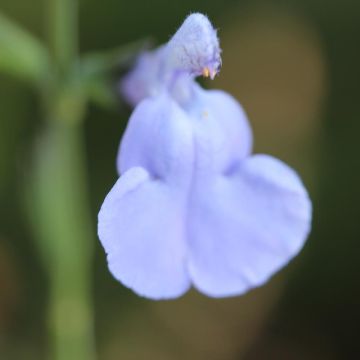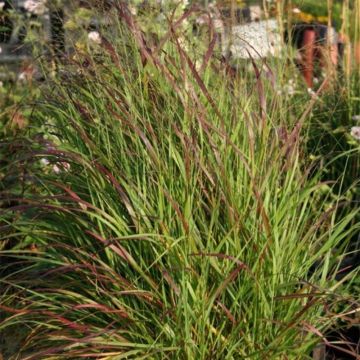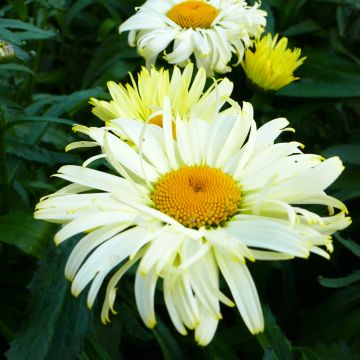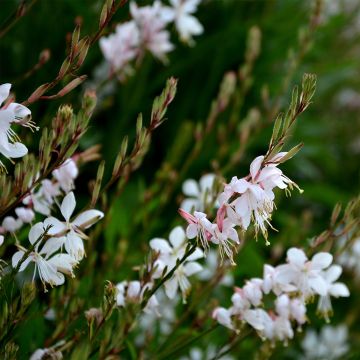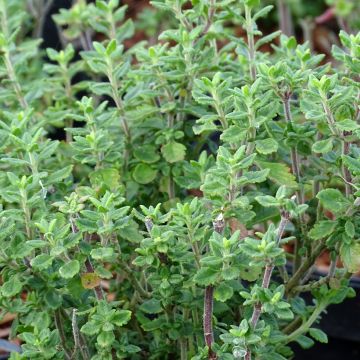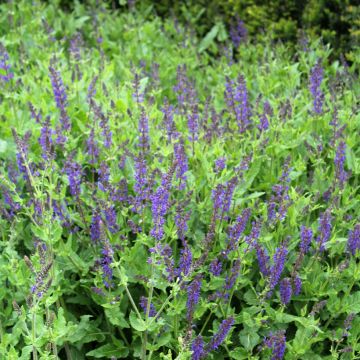

Monarda didyma Pink Supreme
Monarda didyma Pink Supreme
Monarda didyma Pink Supreme
Bergamot
Special offer!
Receive a €20 voucher for any order over €90 (excluding delivery costs, credit notes, and plastic-free options)!
1- Add your favorite plants to your cart.
2- Once you have reached €90, confirm your order (you can even choose the delivery date!).
3- As soon as your order is shipped, you will receive an email containing your voucher code, valid for 3 months (90 days).
Your voucher is unique and can only be used once, for any order with a minimum value of €20, excluding delivery costs.
Can be combined with other current offers, non-divisible and non-refundable.
Home or relay delivery (depending on size and destination)
Schedule delivery date,
and select date in basket
This plant carries a 12 months recovery warranty
More information
We guarantee the quality of our plants for a full growing cycle, and will replace at our expense any plant that fails to recover under normal climatic and planting conditions.
Would this plant suit my garden?
Set up your Plantfit profile →
Description
The 'Pink Supreme' Bee Balm is a variety of bergamot selected for its semi-compact, well-balanced habit, making it suitable for both cottage gardens and pots. This perennial's summer flowering is as colourful as it is abundant, with its fluffy flowers in a beautiful cherry pink blooming for almost three months. This plant is melliferous, attracting and nourishing bees and other butterflies. Its foliage also leaves a delightful citrus aroma on your fingers.
The 'Pink Supreme' Bee Balm belongs to the mint family, which includes numerous medicinal and aromatic plants. It is one of the many hybrids of Monarda didyma and M. fistulosa, both native to North America. This herbaceous, deciduous perennial emerges in spring and dries up in autumn. The plant forms an upright clump, reaching a height of 65cm and spreading up to 40cm. Flowering starts in July and can last until September if faded flowers are removed. The fluffy shape of these inflorescences is what makes the Bee Balm unique. They consist of curving flowers, measuring 5 to 7cm in length, in a vibrant pink colour, surrounded by purplish bracts. Each flower has two lips, an erect upper lip and a lower lip divided into three lobes, which are more spread out. The inflorescences are perched on upright stems and are melliferous and nectariferous. The foliage, which is dark green to olive green in this variety, is aromatic. When crushed, it emits a pleasant citrus scent, characteristic of the plant. The leaves are opposite, veined and toothed, measuring 10 to 15cm in length, and often attract insects. This plant spreads in the soil through its fine rhizomes, without becoming invasive. It is very hardy and can also be long-lived if grown under suitable conditions.
In flower beds and borders, the 'Pink Supreme' Bee Balm pairs well with summer perennials such as coneflowers in shades of pink or mauve, white, mauve or pink panicle phlox, and daylilies in pastel tones. Plant it in groups of 5 to 6 for a stunning display of flowers. The Bee Balm blends its blooms with those of summer asters and Bellflower Campanula lactiflora. It is also suitable for container planting, and its flowers are delightful for creating beautiful bouquets.
It is worth noting that Bee Balm contains essential oils similar to those of thyme, the benefits of which were already known to Native Americans in North America. Monarde tea can be made from the leaves or flowers, whether fresh or dried. Young shoots can also be used in salads or as stuffing for roasts.
Flowering
Foliage
Plant habit
Botanical data
Monarda
didyma
Pink Supreme
Lamiaceae
Bergamot
Monarda 'Pink Supreme'
Cultivar or hybrid
Other Monarda - Bee Balm
View all →Planting and care
The 'Pink Supreme' Bee Balm prefers to thrive in the sun, although it tolerates partial shade. Plant it in fairly rich soil that remains slightly moist but not waterlogged. It cannot withstand any drought or even a trace of salt in the soil. It also dislikes soil that is constantly saturated with water and fears competition from the roots of other plants. That's why it needs a spacing of 60cm. Remove faded flower heads and prune the clump once flowering is finished. Water regularly and generously during the first year's summer. Water the base in case of summer drought. Bee Balm is susceptible to powdery mildew during hot and dry summers. In such cases, treat or prune. Moreover, it is a very vigorous plant that needs to be divided every 4 years. It may be attacked by slugs in spring.
Planting period
Intended location
Care
Planting & care advice
This item has not been reviewed yet - be the first to leave a review about it.
Similar products
Haven't found what you were looking for?
Hardiness is the lowest winter temperature a plant can endure without suffering serious damage or even dying. However, hardiness is affected by location (a sheltered area, such as a patio), protection (winter cover) and soil type (hardiness is improved by well-drained soil).

Photo Sharing Terms & Conditions
In order to encourage gardeners to interact and share their experiences, Promesse de fleurs offers various media enabling content to be uploaded onto its Site - in particular via the ‘Photo sharing’ module.
The User agrees to refrain from:
- Posting any content that is illegal, prejudicial, insulting, racist, inciteful to hatred, revisionist, contrary to public decency, that infringes on privacy or on the privacy rights of third parties, in particular the publicity rights of persons and goods, intellectual property rights, or the right to privacy.
- Submitting content on behalf of a third party;
- Impersonate the identity of a third party and/or publish any personal information about a third party;
In general, the User undertakes to refrain from any unethical behaviour.
All Content (in particular text, comments, files, images, photos, videos, creative works, etc.), which may be subject to property or intellectual property rights, image or other private rights, shall remain the property of the User, subject to the limited rights granted by the terms of the licence granted by Promesse de fleurs as stated below. Users are at liberty to publish or not to publish such Content on the Site, notably via the ‘Photo Sharing’ facility, and accept that this Content shall be made public and freely accessible, notably on the Internet.
Users further acknowledge, undertake to have ,and guarantee that they hold all necessary rights and permissions to publish such material on the Site, in particular with regard to the legislation in force pertaining to any privacy, property, intellectual property, image, or contractual rights, or rights of any other nature. By publishing such Content on the Site, Users acknowledge accepting full liability as publishers of the Content within the meaning of the law, and grant Promesse de fleurs, free of charge, an inclusive, worldwide licence for the said Content for the entire duration of its publication, including all reproduction, representation, up/downloading, displaying, performing, transmission, and storage rights.
Users also grant permission for their name to be linked to the Content and accept that this link may not always be made available.
By engaging in posting material, Users consent to their Content becoming automatically accessible on the Internet, in particular on other sites and/or blogs and/or web pages of the Promesse de fleurs site, including in particular social pages and the Promesse de fleurs catalogue.
Users may secure the removal of entrusted content free of charge by issuing a simple request via our contact form.
The flowering period indicated on our website applies to countries and regions located in USDA zone 8 (France, the United Kingdom, Ireland, the Netherlands, etc.)
It will vary according to where you live:
- In zones 9 to 10 (Italy, Spain, Greece, etc.), flowering will occur about 2 to 4 weeks earlier.
- In zones 6 to 7 (Germany, Poland, Slovenia, and lower mountainous regions), flowering will be delayed by 2 to 3 weeks.
- In zone 5 (Central Europe, Scandinavia), blooming will be delayed by 3 to 5 weeks.
In temperate climates, pruning of spring-flowering shrubs (forsythia, spireas, etc.) should be done just after flowering.
Pruning of summer-flowering shrubs (Indian Lilac, Perovskia, etc.) can be done in winter or spring.
In cold regions as well as with frost-sensitive plants, avoid pruning too early when severe frosts may still occur.
The planting period indicated on our website applies to countries and regions located in USDA zone 8 (France, United Kingdom, Ireland, Netherlands).
It will vary according to where you live:
- In Mediterranean zones (Marseille, Madrid, Milan, etc.), autumn and winter are the best planting periods.
- In continental zones (Strasbourg, Munich, Vienna, etc.), delay planting by 2 to 3 weeks in spring and bring it forward by 2 to 4 weeks in autumn.
- In mountainous regions (the Alps, Pyrenees, Carpathians, etc.), it is best to plant in late spring (May-June) or late summer (August-September).
The harvesting period indicated on our website applies to countries and regions in USDA zone 8 (France, England, Ireland, the Netherlands).
In colder areas (Scandinavia, Poland, Austria...) fruit and vegetable harvests are likely to be delayed by 3-4 weeks.
In warmer areas (Italy, Spain, Greece, etc.), harvesting will probably take place earlier, depending on weather conditions.
The sowing periods indicated on our website apply to countries and regions within USDA Zone 8 (France, UK, Ireland, Netherlands).
In colder areas (Scandinavia, Poland, Austria...), delay any outdoor sowing by 3-4 weeks, or sow under glass.
In warmer climes (Italy, Spain, Greece, etc.), bring outdoor sowing forward by a few weeks.






























